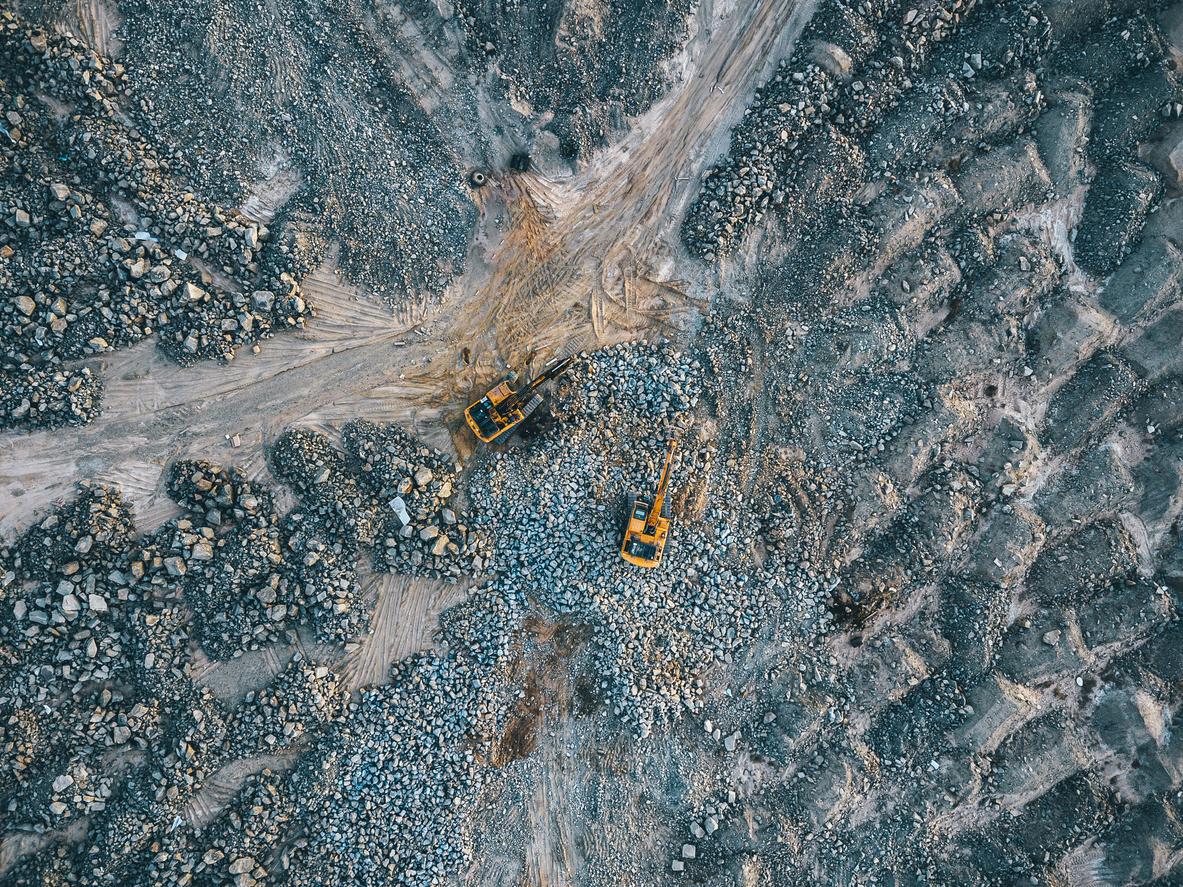Disponible en anglais seulement
In this special episode from BMO’s IN Tune Podcast, host Camilla Sutton is joined by Doug Morrow to discuss the key findings from the department’s recent launch of ESG coverage for the base metals and diversified mining industries.
IN Tune features Equity Research analysts from BMO Capital Markets and explores key emerging themes, trends, and important issues to our institutional clients globally.
In this episode:
How investors can apply the findings in their investment process
The amount of financial and human resources that mining companies are investing in to improve their ESG performance
How it’s difficult to identify an industry that won't be affected by the energy transition, at least in some way
Sustainability Leaders podcast is live on all major channels including Apple, Google and Spotify
Subscribe to listen to other IN Tune episodes
